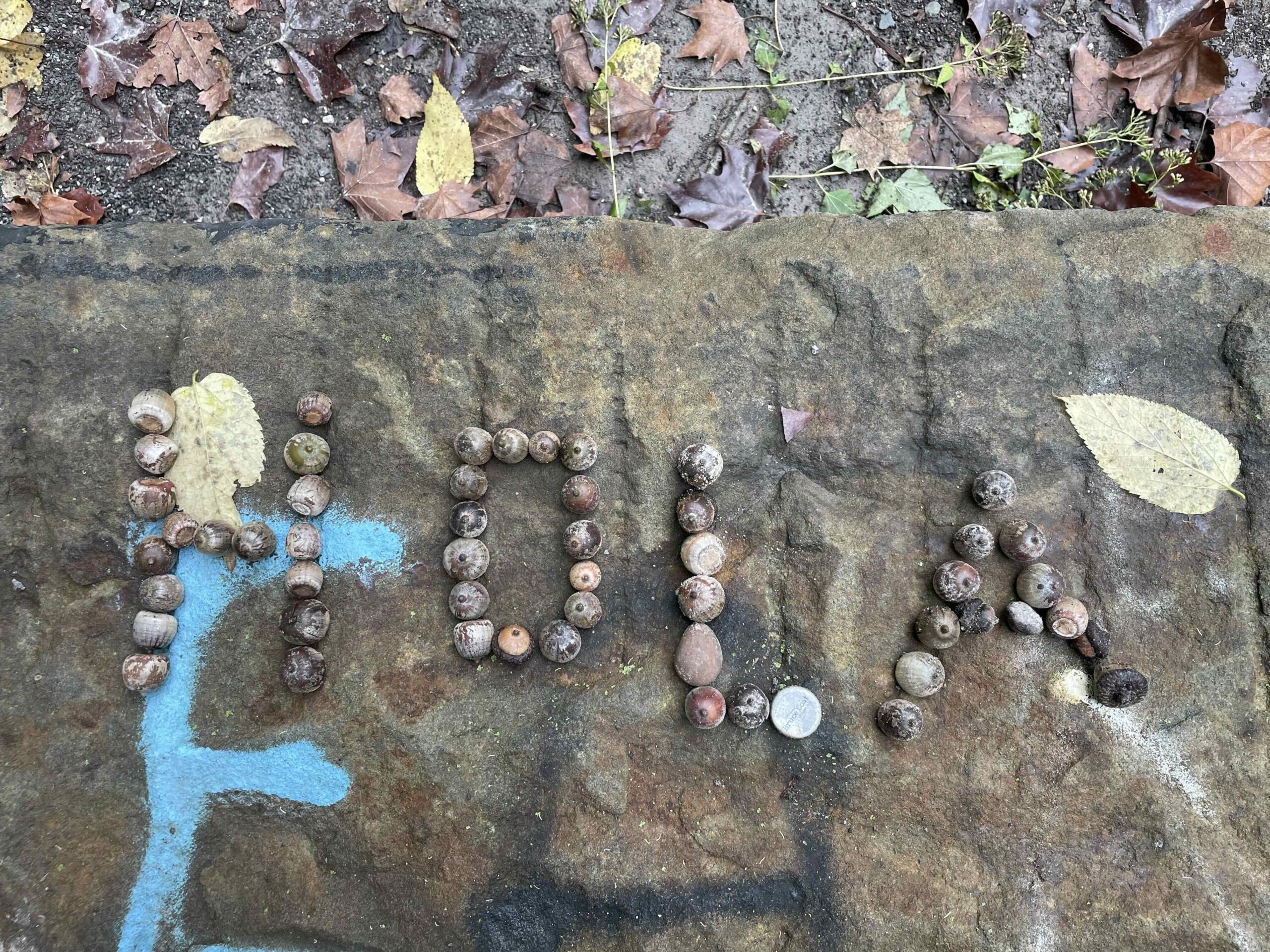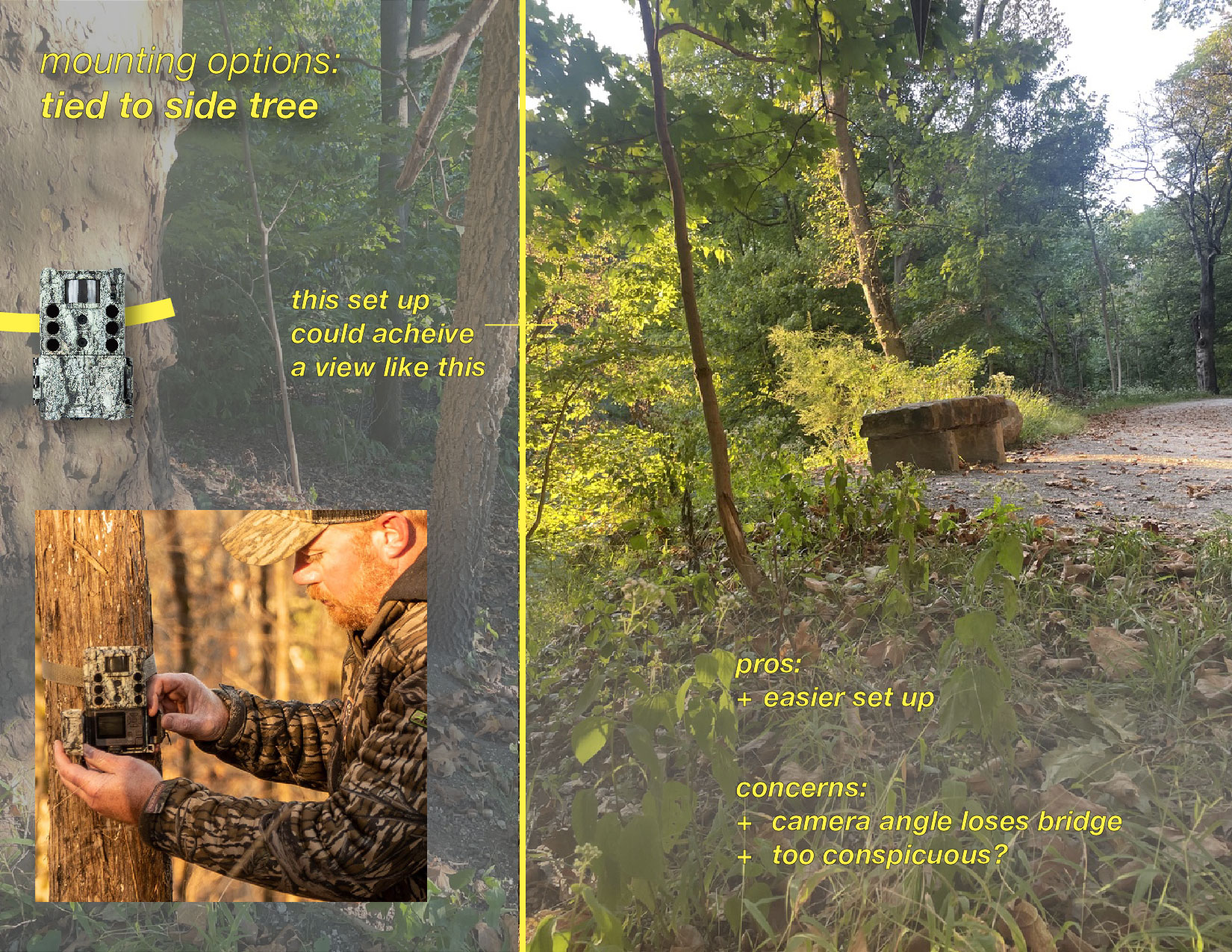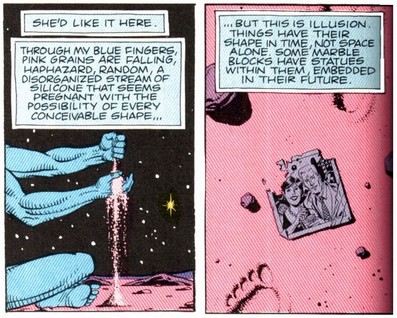For my final project, I showed both my microscopic captures as well as my recordings of landscape maintenance work.
My ExCap Project 2: CMU Soul Keepers and ExCap Project 3: An Attempt At Exhausting a Park in Pittsburgh come together as explorations or Captures of the Local Landscape— in Schenley Park and on CMU’s campus. Both of these projects helped me see my local environment afresh.
CMU Soul Keepers helped me appreciate the landscape maintenance work and also made me realize that no one knows the landscape as well as they do. No one has occupied every square foot of campus as completely as a maintenance worker, and you can see that in a composite image like the one of Steve below.
An Attempt At Exhausting a Park in Pittsburgh, is what I called my microscopy explorations over the semester because, since project 1, I’ve spent many hours observing and capturing parts of Schenley Park. The observations started when I was using the trail cam. Because I spent so much time in the park for project 1 (I was worried the camera would be stolen), and because I was trying to find and capture some mysterious phenomena, I began collecting small items from the park, like rocks, flowers, acorns, etc. After our spectroscope intro with Ginger, I became very excited about looking at almost anything under a microscope. For our final project exposition, I showed some of my favorite microscopic videos and stills.

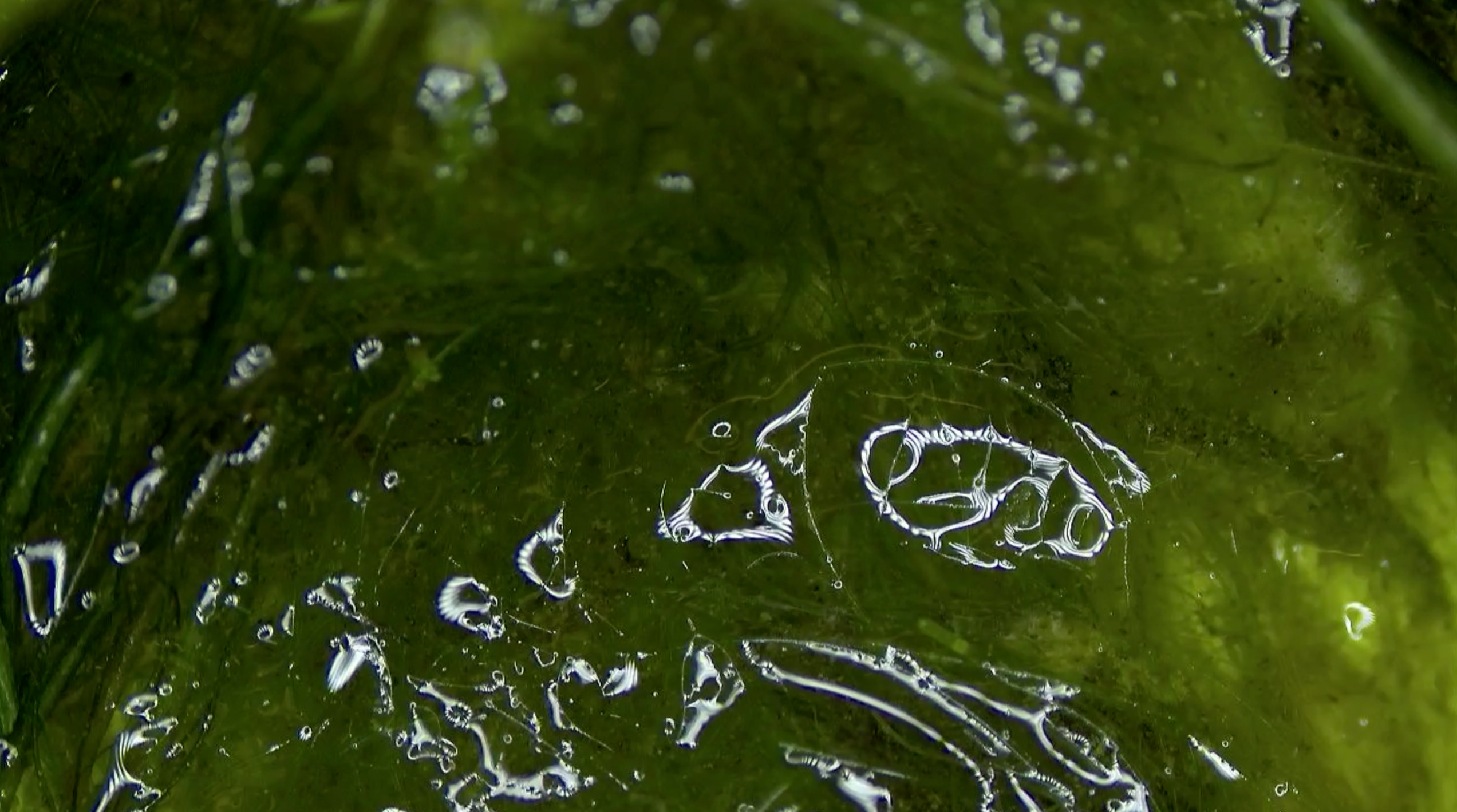



The shock of finding a bug on a leaf that was invisible to the naked eye really stunned me, it made me understand the leaf in a way I had never considered before, it became a whole landscape of its own, the world, or part of the world of this tiny bug. I needed to share this excitement, which is why when my boyfriend came to visit over fall break, I told him to come with me to Schenley Park and collect leaves, flowers, pond water/algae, and more so that we could look at it under the microscope. The recordings from my first video are all from that day. I would like to eventually show more people microscopic views of the world—I think it would be especially meaningful if they look at things they collect themselves—and record their reactions. As suggested, I do think it would be super fun to get a bunch of drunk people to record their observations of microscopic life. Perhaps in the spring, when life is reborn, I can try this again.

On a reference note… Early in the semester, when I was working on the first project, which involved using the trail cam in Schenley Park, Golan referenced Perec’s An Attempt At Exhausting a Place in Paris. Funny, I had just read the book over the summer, as well as Perec’s Species of Spaces, and was planning to try to do the same with a place in Pittsburgh. My training and professional work as a landscape architect made me obsessed with the idea of “sense of place,” which I think connects quite well the course concept of “quiddity.” Over the years, a lot of people have asked me what my “style” is as a landscape architect, and the best answer I can think of for that is: I don’t exactly have a style, because on each site, what I want to do is honor the place, honor the genius loci. If I have a style, it would be “honor the genius loci.” Anyway, I was trying to find new ways of “knowing” the landscape, of “exhausting” the landscape, of understanding “sense of place,” and through this class, especially through my microscopy studies, my idea of “place” totally shifted… perhaps we experience a sense of place at a human scale, but in each place, there are worlds within worlds.
Also, for our final exhibition, I printed some of my favorite microscope images, which are of bioplastic samples I made for Dana Cupkova’s class. In a failed bioplastic experiment, my bioplastics grew very gross but cool-looking mold on them and I was super excited to look at the mold and the bioplastics under the microscope. I brought my friend Audrey to see it and she was super into it to –we made the bioplastics together.





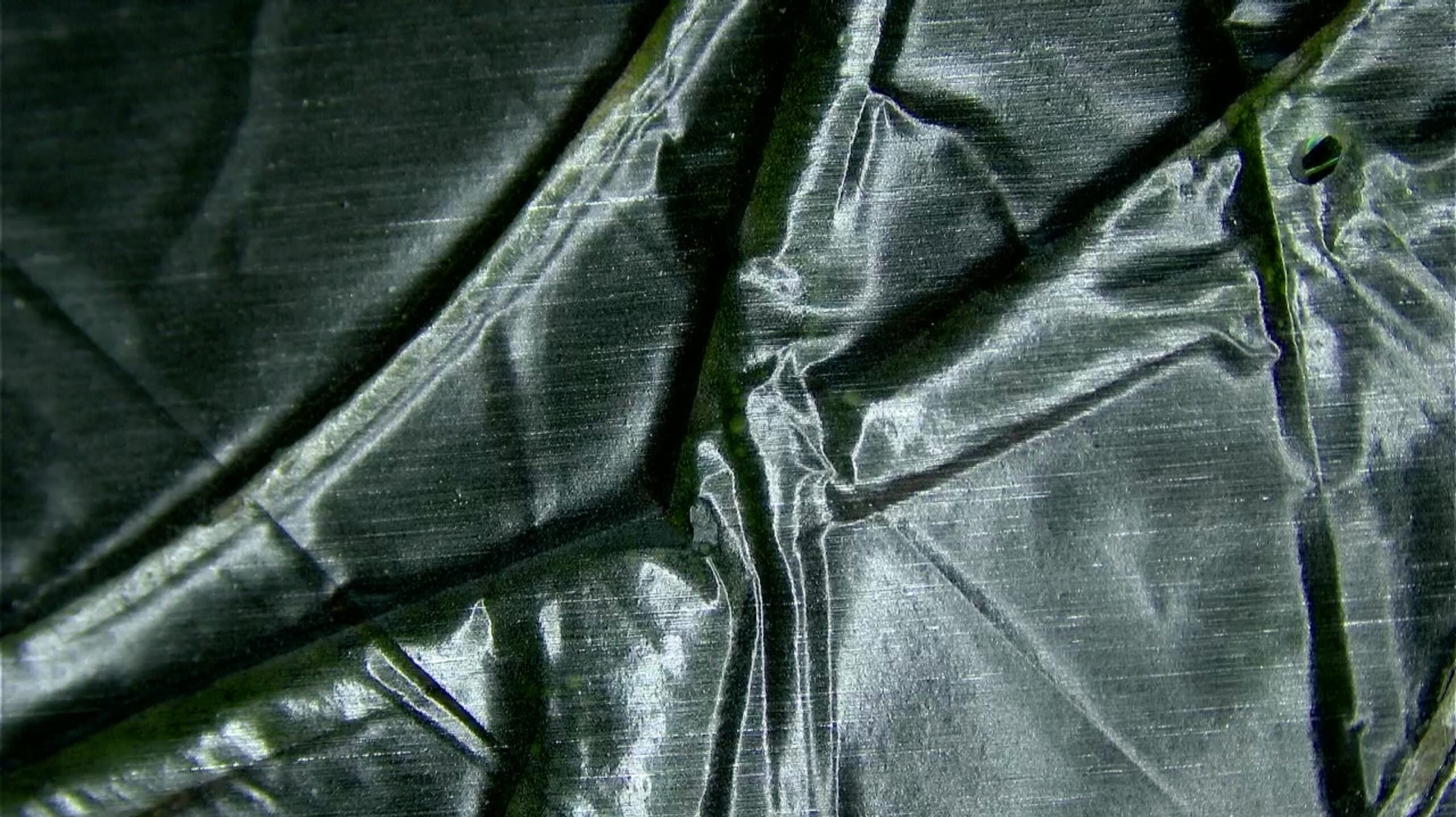

I would have liked to have taken both of these projects further. Mario (orange-vested landscaper) did suggest I record him clearing the snow next semester. If things are not too crazy for me then… I’d like to make more time for the landscape maintenance documentation project. In the future, for me or someone else, it might be interesting or fun to recording different people doing different types of landscape maintenance in different places. Like how does the place influence the type of work that is done? How does the tool shape the work? And vice versa, how does the work shape the place? I imagine documenting landscape maintenance work in the parks, and I’d love to do more leaf-blowing captures since those are actually so satisfying to see. I know leaf blowing is not the best for ecosystem health… but it’s important for pedestrian for the sidewalks to be free of slippery leaves… everything is complex, right?
Really this class gave me a great appetite for exploration through experimental capture. For example, right now, I’m on a plane flying to Bolivia. I wish I had the trail cam with me. I wonder what kind of creatures I might be able to document with a trail cam in La Paz. I think of the speedy vizcachas you catch glimpses of, I think of all the street dogs, and of course the people. I really hope that someday I can have the time and the means to pursue these kinds of projects because doing them makes me feel so excited and overall happy.


Insights:
At the beginning of this class I mentioned that I was interested and worried about tech addiction, my own, but also the screentime of those around me. I’m definitely not anti-tech, but I do think that my health or overall life-enjoyment would improve if I spent less time on screens. Using my phone for example, to explore and record things that were happening outside, feels like a positive use of the technology I often feel I use in an unhealthy way. (the real culprit, I think is social media).
It seems obvious now that I say it, but I think that there are ways of using technology that actually connect you to a place, or “nature.” For example, when we use a lens to augment our perception and expand our sense of what’s “real” or what’s there… this is to see something that is invisible to human eyes… for example, things that are too small, too slow, too fast, too large. Through this class I saw something that was too small for me to see (tiny bugs), but also things that were too slow for me to fully appreciate or understand otherwise (like landscape maintenance work).
Closing Thoughts:
I wish I had an ExCap class every semester. I’m hoping to pursue projects started in this class in the future, and I’ve also started a list of things I’m excited to try in the future thanks to this class:
+ Slow-motion video with the Edgertronic (I’ll be back!!!)
+ I want to try to capture soundwaves generated through wavefield synthesis (if possible) using the Edgertronic, a smart set-up, mirrors and lasers?
+ More video editing with a ChatGPT – FFMPEG pipeline (while looking through Sam’s Github!)
+ Tilt-Shift– I’ll try again.
+ Gaussian Splats– Lorie’s Dead Things In Jars was super cool and I want to try out the splats someday.
+ Axi-Draw– I didn’t even know Axi-draw existed before learning about Marc’s work. I definitely want to try it out sometime and I really appreciated Marc’s projects and questioning what is worth drawing via axi-draw instead of another means.
+ Touch Designer – Abby’s interactive display was very nice and is something I’d like to try sometime.
+ Eulerian Magnification – Cathleen’s body magnification videos are super interesting and I’d like to try it on people who are at the gym or something.
+ A typography of tree hollows, maybe 3D scans? Maybe videos? Idk but I’m sure something interesting is going on inside the tree hollows.
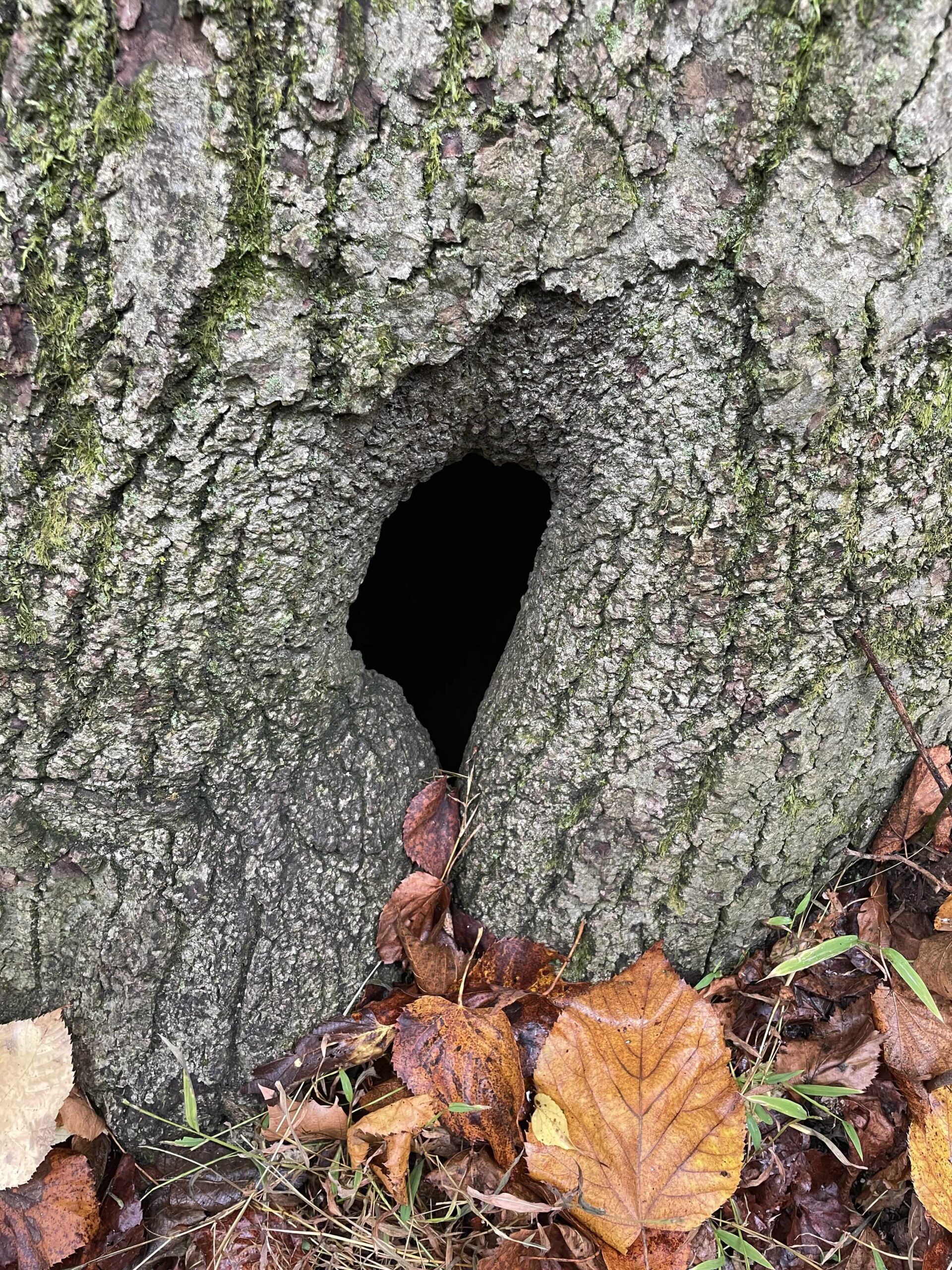






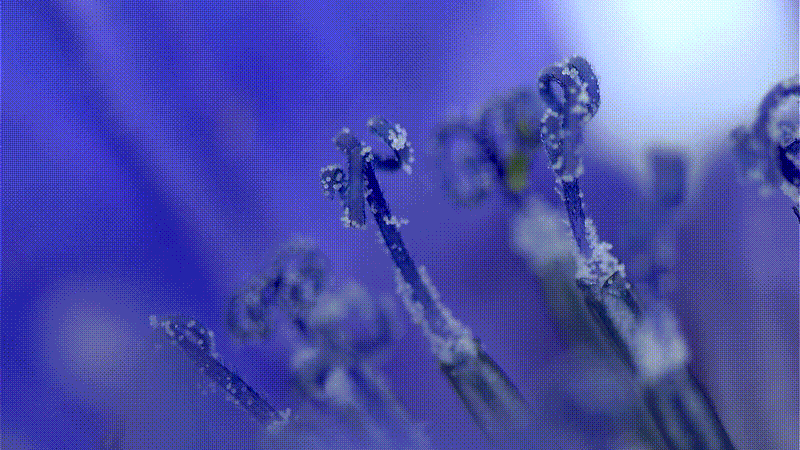


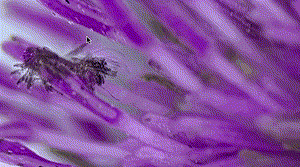





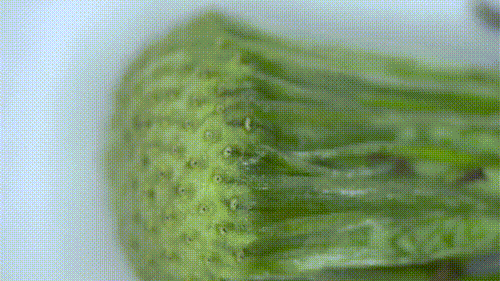


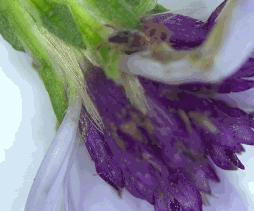

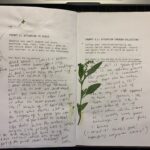

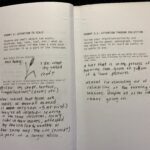

















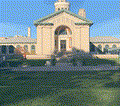

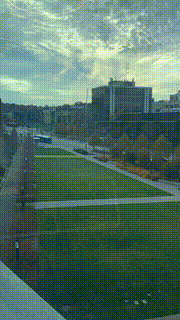



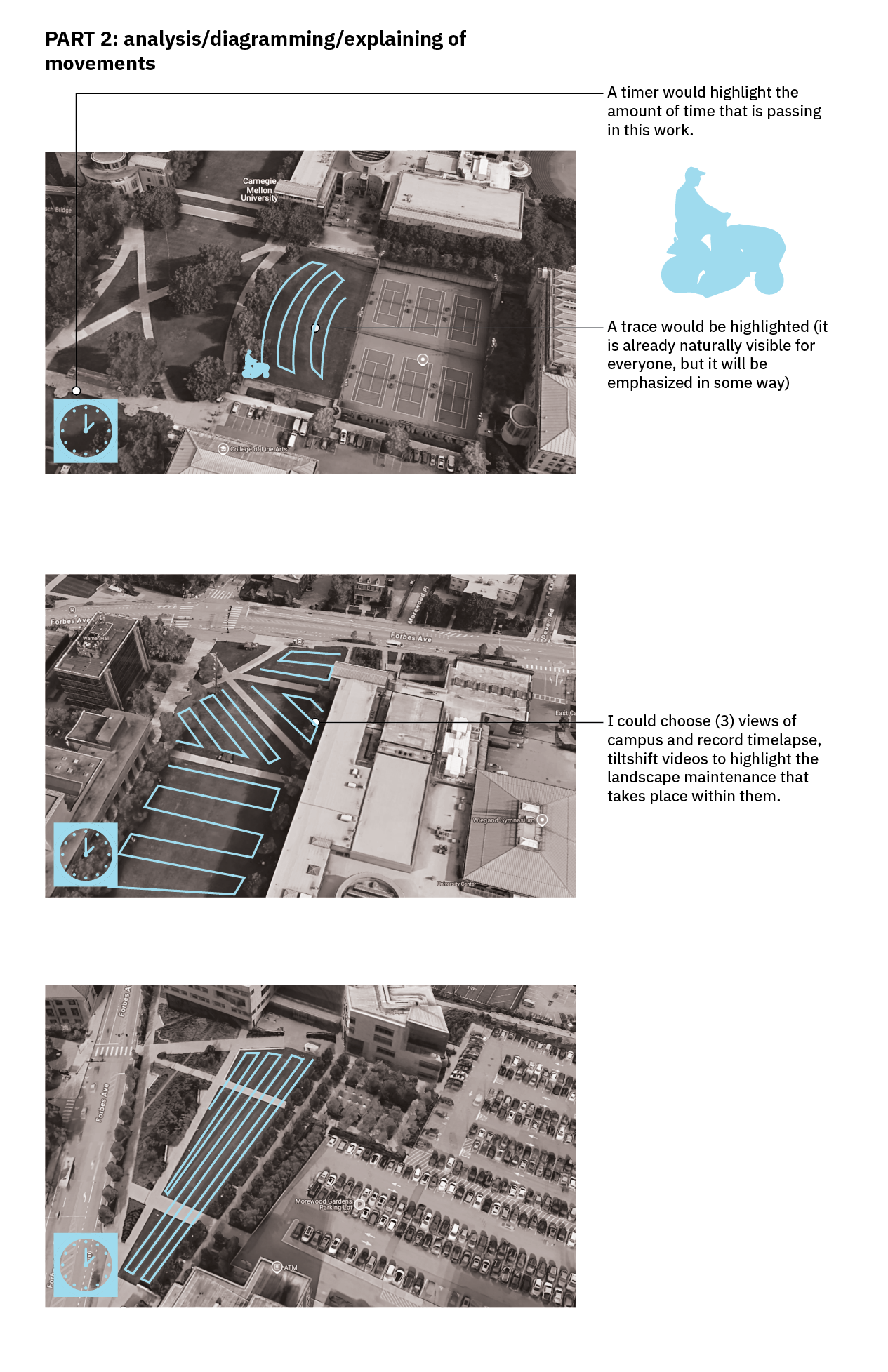






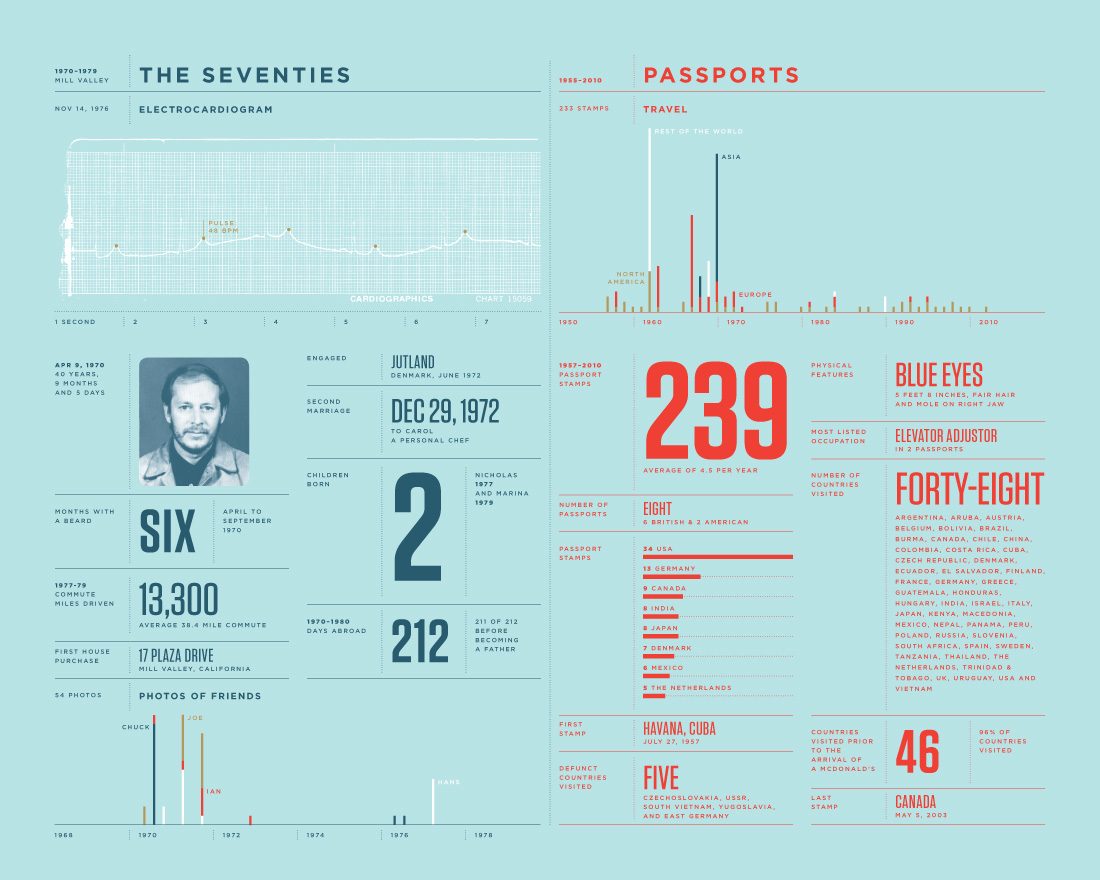
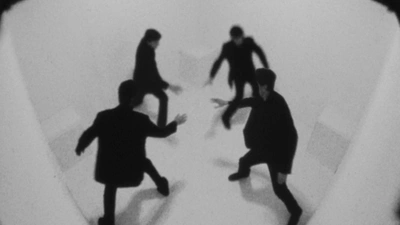








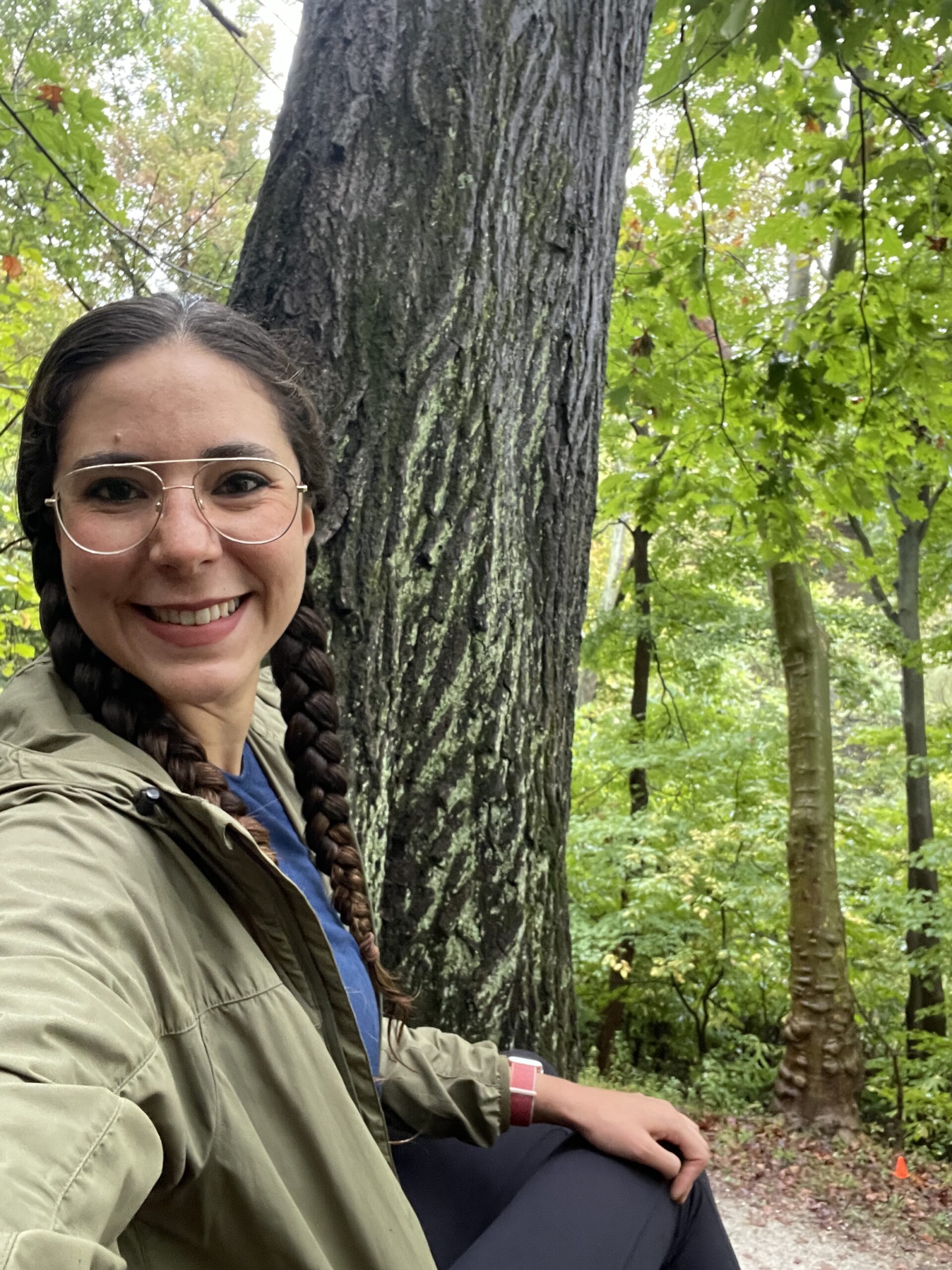



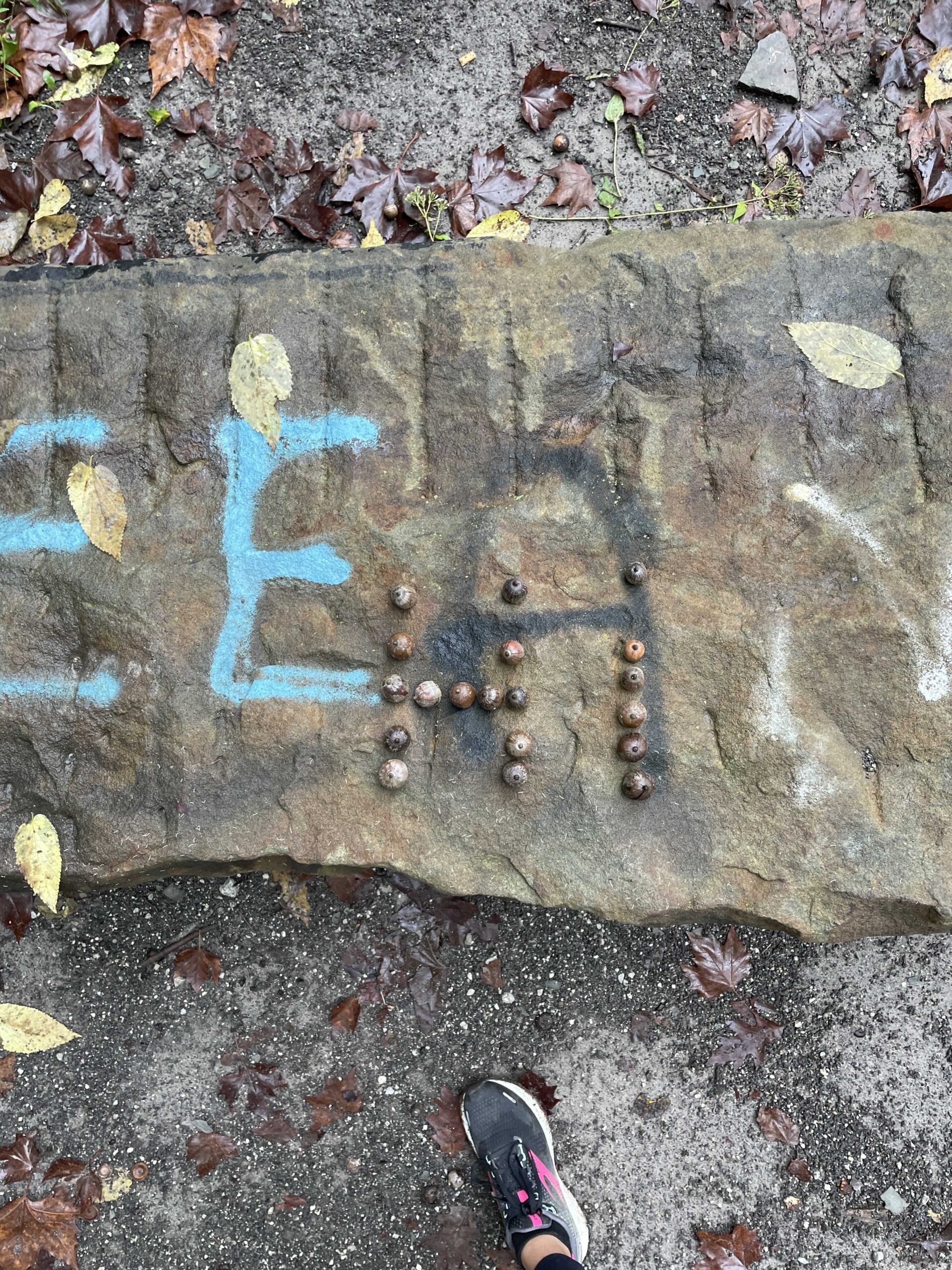 The acorn message that someone place on the bench on Tuesday morning.
The acorn message that someone place on the bench on Tuesday morning.
